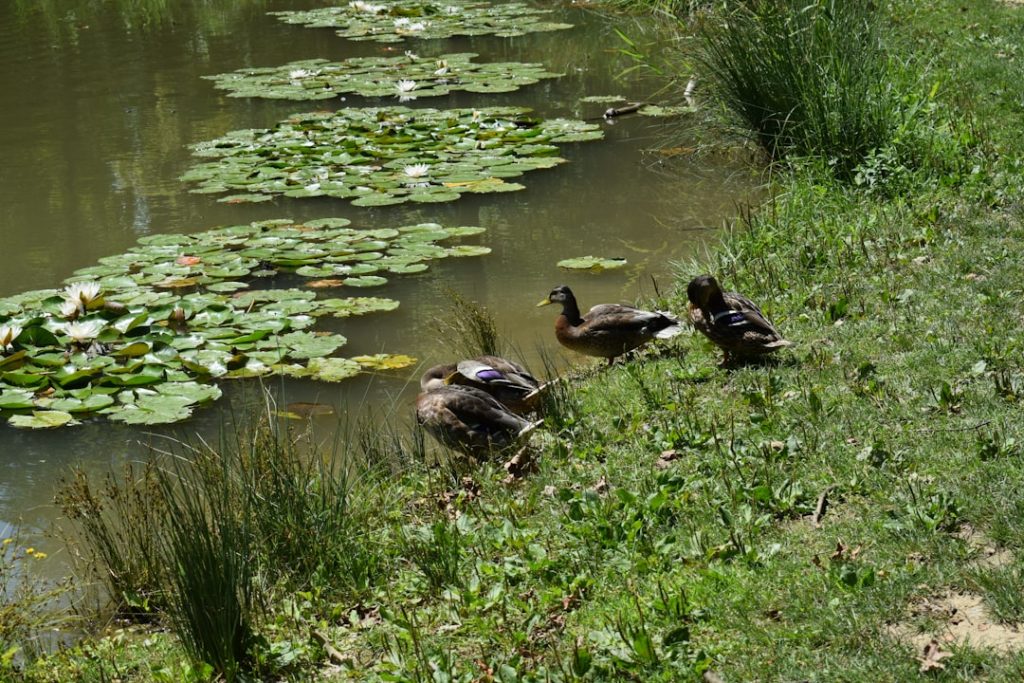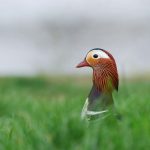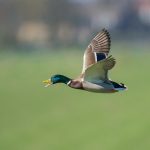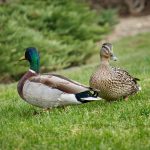Small wild duck breeds are a fascinating and diverse group of waterfowl that are found in various habitats around the world. These ducks are known for their vibrant plumage, unique behaviors, and important ecological roles. While they may not be as well-known as their larger domestic counterparts, small wild duck breeds play a crucial role in maintaining the balance of their ecosystems and are a vital part of the natural world.
Small wild duck breeds come in a wide range of sizes, colors, and patterns, making them a popular subject for birdwatchers and wildlife enthusiasts. From the striking Mandarin duck to the elusive teal, these ducks are a source of wonder and admiration for many people. In this article, we will explore the characteristics, popular breeds, habitat and behavior, conservation efforts, challenges, and ways to support and protect small wild duck breeds.
Table of Contents
Key Takeaways
- Small wild duck breeds are a diverse group of ducks that are known for their unique characteristics and behaviors.
- These ducks are typically smaller in size compared to domestic duck breeds and are known for their agility and adaptability.
- Popular small wild duck breeds include the Mallard, Wood Duck, Teal, and Pintail, each with their own distinct features and habitats.
- Small wild duck breeds can be found in a variety of habitats, including wetlands, marshes, and rivers, and they exhibit a range of behaviors such as diving, dabbling, and nesting.
- Conservation efforts for small wild duck breeds are crucial in protecting their habitats, preventing habitat loss, and addressing challenges such as hunting and climate change.
Characteristics of Small Wild Duck Breeds
Small wild duck breeds are known for their colorful plumage, which often includes shades of green, blue, brown, and white. Their feathers are designed to provide camouflage in their natural habitats, allowing them to blend in with their surroundings and avoid predators. These ducks also have distinctive bills that are adapted to their feeding habits, whether they are dabbling ducks that feed on the surface of the water or diving ducks that forage for food underwater.
In addition to their physical characteristics, small wild duck breeds are also known for their unique behaviors. Many species engage in elaborate courtship displays, such as the synchronized head-bobbing of the hooded merganser or the aerial acrobatics of the wood duck. These displays are not only a spectacle to behold but also serve an important purpose in attracting mates and establishing breeding territories. Small wild duck breeds are also highly adaptable and can be found in a variety of habitats, including marshes, rivers, lakes, and coastal areas.
Popular Small Wild Duck Breeds
There are numerous small wild duck breeds that capture the imagination of bird enthusiasts around the world. One of the most iconic small wild duck breeds is the Mandarin duck, known for its stunning plumage and graceful appearance. This species is native to East Asia and has been introduced to other parts of the world due to its popularity. Another popular small wild duck breed is the wood duck, which is native to North America and is known for its vibrant colors and elaborate courtship displays.
Other popular small wild duck breeds include the teal, wigeon, pintail, and shoveler, each with its own unique characteristics and behaviors. These ducks can be found in a variety of habitats and are a common sight for birdwatchers and nature enthusiasts. Whether it’s the striking patterns of the teal or the elegant silhouette of the pintail, small wild duck breeds continue to captivate people with their beauty and charm.
Habitat and Behavior of Small Wild Duck Breeds
Small wild duck breeds can be found in a wide range of habitats, from freshwater marshes to coastal estuaries. These ducks are highly adaptable and can thrive in both natural and human-altered environments. They are often found in areas with abundant vegetation and access to water, where they can forage for food and build nests. Small wild duck breeds are also known for their migratory behavior, with many species traveling long distances between their breeding and wintering grounds.
In terms of behavior, small wild duck breeds exhibit a wide range of interesting traits. Many species engage in complex courtship displays, which can involve vocalizations, physical movements, and elaborate rituals. These displays are an important part of mating behavior and play a crucial role in attracting mates and establishing breeding territories. Small wild duck breeds are also highly social animals and can often be found in large flocks, especially during migration or when feeding in areas with abundant food resources.
Conservation Efforts for Small Wild Duck Breeds
Conservation efforts for small wild duck breeds are crucial for ensuring the long-term survival of these species. Many small wild duck breeds face threats such as habitat loss, pollution, hunting, and climate change, which can have a significant impact on their populations. To address these challenges, various organizations and government agencies have implemented conservation programs aimed at protecting and restoring the habitats of small wild duck breeds.
One important conservation strategy is the creation and management of protected areas specifically designed to benefit small wild duck breeds. These areas provide essential habitat for breeding, feeding, and resting, helping to support healthy populations of these ducks. In addition to habitat protection, conservation efforts also focus on monitoring populations, conducting research on breeding biology and behavior, and implementing measures to reduce threats such as hunting and pollution.
Challenges Facing Small Wild Duck Breeds
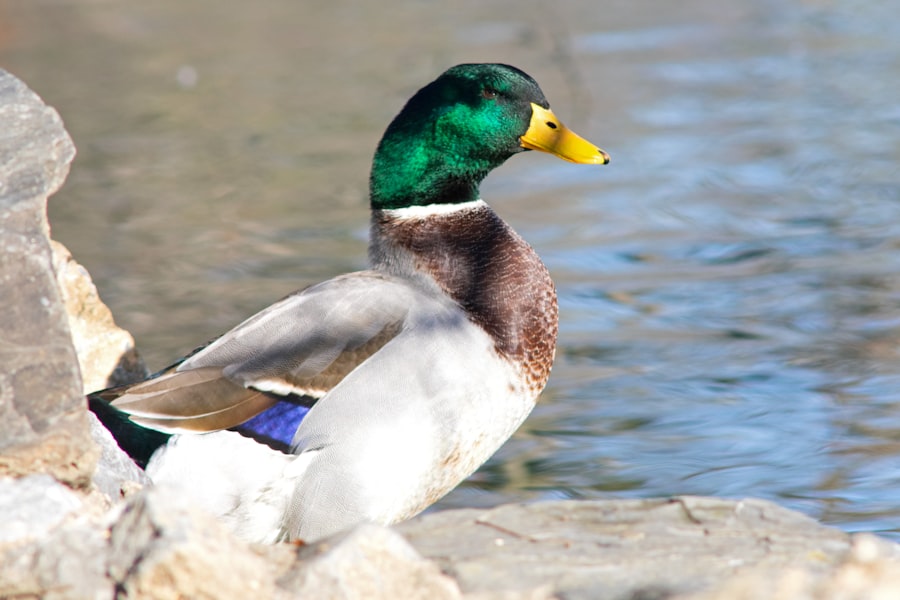
Despite ongoing conservation efforts, small wild duck breeds continue to face numerous challenges that threaten their survival. Habitat loss due to urban development and agriculture is a major concern for many species, as it reduces the availability of suitable nesting and feeding areas. Pollution from agricultural runoff and industrial activities can also have detrimental effects on water quality, which is essential for the survival of small wild duck breeds.
Another significant challenge facing small wild duck breeds is hunting pressure, both legal and illegal. Many species are targeted by hunters for their meat and feathers, leading to declines in their populations in some areas. Climate change is also a growing threat to small wild duck breeds, as it can alter their habitats and disrupt migration patterns. Rising temperatures and changes in precipitation patterns can impact food availability and nesting success, further jeopardizing the survival of these ducks.
How to Support and Protect Small Wild Duck Breeds
There are several ways that individuals can support and protect small wild duck breeds in their natural habitats. One important step is to advocate for the protection of wetlands and other critical habitats that are essential for the survival of these ducks. Supporting conservation organizations that work to protect small wild duck breeds and their habitats is another effective way to make a positive impact.
In addition to advocacy and support for conservation organizations, individuals can also take steps to minimize their impact on the environment and reduce threats to small wild duck breeds. This can include reducing water pollution by properly disposing of household chemicals and minimizing the use of fertilizers and pesticides that can contaminate waterways. Supporting sustainable hunting practices and advocating for regulations that protect small wild duck breeds from overexploitation is also important for their conservation.
Overall, small wild duck breeds play a vital role in maintaining healthy ecosystems around the world. By understanding their characteristics, supporting conservation efforts, and addressing the challenges they face, we can work together to ensure a bright future for these fascinating and important waterfowl.
If you’re interested in small wild duck breeds, you may also want to check out this informative article on creating the perfect A-frame chicken coop for your backyard poultry. The article provides valuable insights into designing a functional and comfortable living space for your chickens, which can also be adapted for small wild duck breeds. You can read more about it here.
FAQs
What are small wild duck breeds?
Small wild duck breeds are species of ducks that are smaller in size compared to other wild duck species. They are known for their agility and adaptability in various environments.
What are some examples of small wild duck breeds?
Some examples of small wild duck breeds include the teal, the bufflehead, the wood duck, and the mallard. These ducks are known for their colorful plumage and distinctive markings.
Where can small wild duck breeds be found?
Small wild duck breeds can be found in a variety of habitats, including marshes, ponds, lakes, and rivers. They are often found in North America, Europe, and Asia, but can also be found in other parts of the world.
What do small wild duck breeds eat?
Small wild duck breeds are omnivorous and feed on a variety of foods, including aquatic plants, insects, small fish, and crustaceans. They are also known to forage for food on land, and may consume seeds and grains.
Are small wild duck breeds endangered?
Some small wild duck breeds are considered to be at risk due to habitat loss, hunting, and other factors. Conservation efforts are in place to protect these species and their habitats.
Meet Walter, the feathered-friend fanatic of Florida! Nestled in the sunshine state, Walter struts through life with his feathered companions, clucking his way to happiness. With a coop that’s fancier than a five-star hotel, he’s the Don Juan of the chicken world. When he’s not teaching his hens to do the cha-cha, you’ll find him in a heated debate with his prized rooster, Sir Clucks-a-Lot. Walter’s poultry passion is no yolk; he’s the sunny-side-up guy you never knew you needed in your flock of friends!

